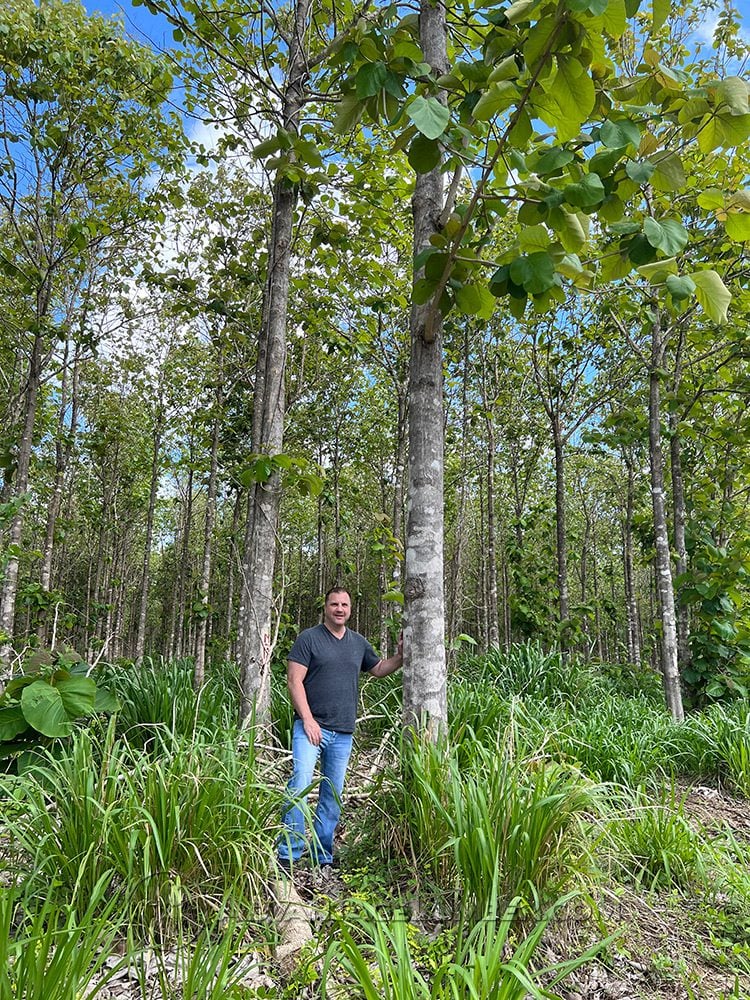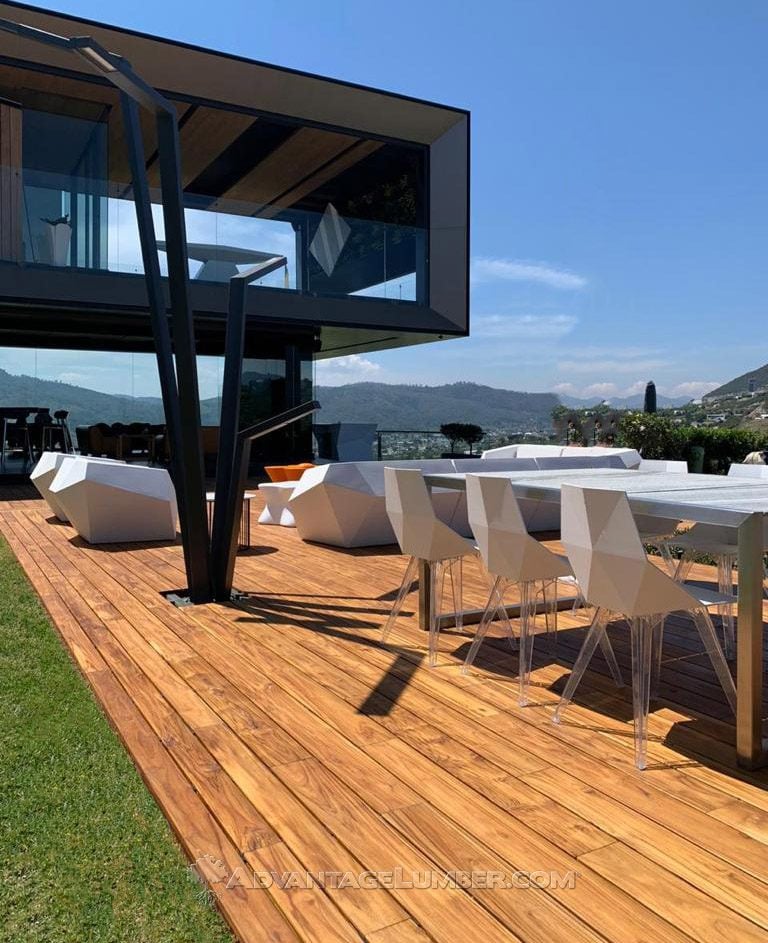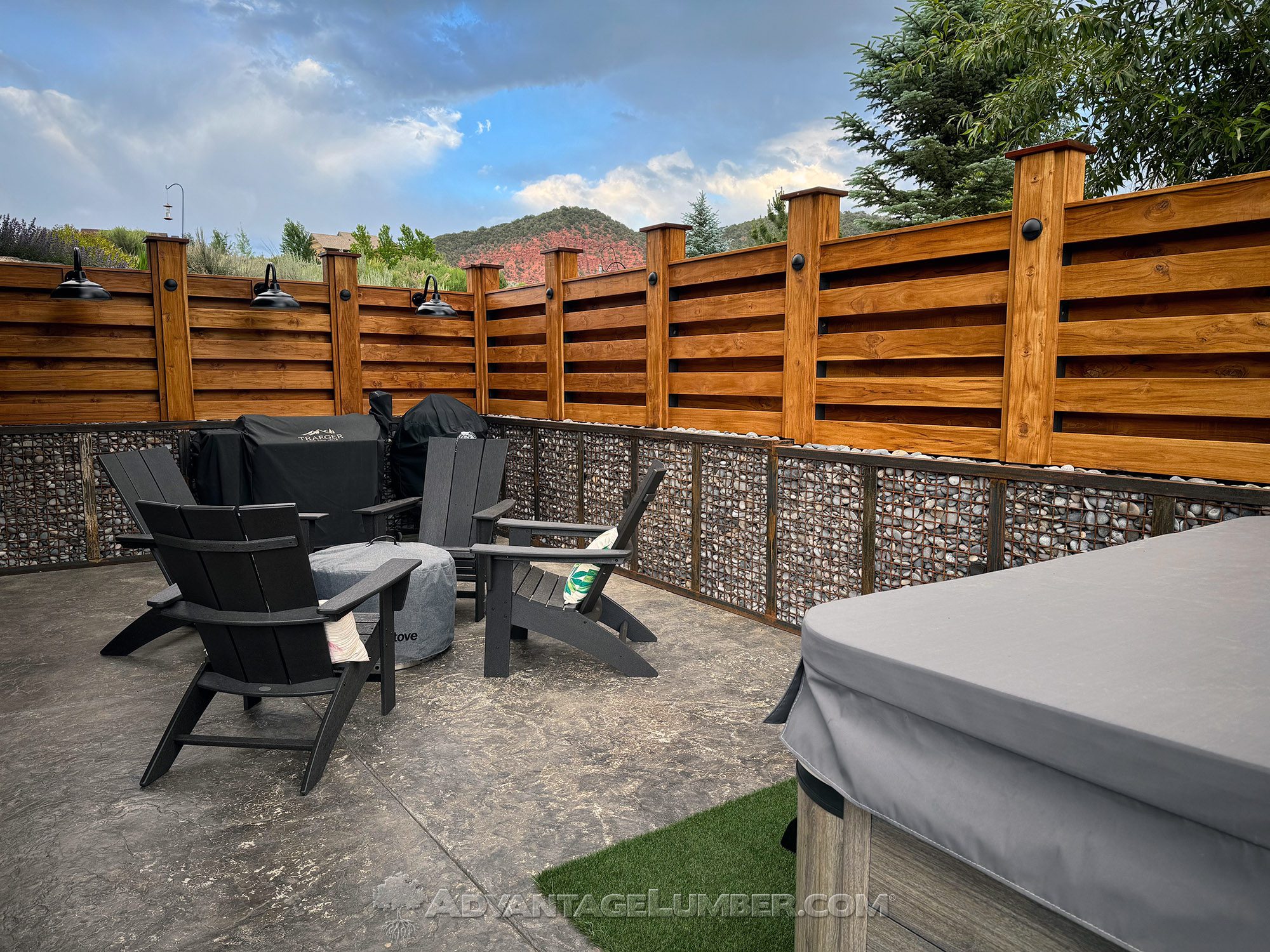Teak wood has long been a favorite among craftsmen, builders, and homeowners alike. Its rich golden-brown tones, natural resistance to moisture, pests, and decay, and unmatched durability make it a top choice for everything from outdoor furniture to boat decks. But if you’ve been on the hunt for teak lately, you might be wondering:
Can you still buy teak?
The answer is yes, but the source of that teak matters more than ever. Teak from Myanmar (Burma), once the benchmark for quality, is now heavily restricted, leaving sustainably grown plantation teak—sold by companies like AdvantageLumber.com—as the primary legal option in the USA and many other countries. Here’s why that shift has happened and why plantation teak is proving to be a worthy alternative.
The Restrictions on Burmese Teak
For decades, Myanmar was the world’s leading supplier of teak, harvesting it from its old-growth forests. Known as Burmese teak, this wood was celebrated for its tight grain, high oil content, and exceptional strength—qualities that came from trees growing slowly over centuries in natural conditions. However, this prized resource has come under strict international scrutiny and regulation in recent years.
The primary reason for the restrictions is a combination of environmental and ethical concerns. Decades of over harvesting have depleted Myanmar’s teak forests, threatening biodiversity and the sustainability of the resource. On top of that, political instability and human rights issues in Myanmar have led to sanctions and trade bans.
The United States, European Union, and other countries have imposed strict import limits on Burmese teak to curb illegal logging and prevent funding from flowing to the country’s military regime, which has been linked to the timber trade. As a result, it’s nearly impossible—and often illegal—to buy Burmese teak in the USA and many other markets today.
Plantation Teak: The Sustainable Solution
So where does that leave teak lovers? Enter plantation teak, a responsibly grown alternative that’s stepping into the spotlight. Companies like AdvantageLumber.com source their teak from plantations—managed forests where trees are cultivated specifically for harvest. Unlike the wild, old-growth forests of Myanmar, these plantations operate under strict sustainability guidelines, ensuring that teak remains available for future generations without devastating natural ecosystems.

In the USA and countries with similar import restrictions, plantation teak isn’t just an ethical choice—it’s often the only choice. AdvantageLumber.com, for example, offers teak that’s legally harvested and certified, giving buyers peace of mind that their purchase aligns with environmental standards and international law. But this shift to plantation-grown wood has sparked a debate: Can it really measure up to the legendary Burmese teak?
Debunking the Myth: Plantation Teak vs. Burmese Teak
Many teak enthusiasts have long believed that plantation teak can’t compete with its Burmese counterpart. The thinking goes that trees grown quickly in plantations lack the density, strength, and durability of slow-growing, old-growth Burmese teak. It’s a reasonable assumption—after all, natural teak from Myanmar had centuries to develop its prized characteristics. But science tells a different story.
The United States Forest Service USDA conducted a study on 10 tropical hardwood species, including teak, to examine how growth conditions affect wood quality. Their findings? There’s no significant relationship between the growth rate of plantation teak and its density or durability to withstand extreme weather conditions. In other words, the idea that faster-growing plantation teak is inherently weaker doesn’t hold up under scrutiny.
Even more surprising, in some tests, plantation teak actually outperformed old-growth Burmese teak. This could be due to a variety of factors, such as improved forestry practices, consistent growing conditions, or the fact that plantation trees are harvested at an optimal age (25 – 50 years). Whatever the reason, the data challenges the notion that Burmese teak is the be-all and end-all of quality. Plantation teak isn’t just a sustainable option—it’s a high-performing one too.
Why Choose Plantation Teak?

If you’re in the market for teak in the USA or other countries with import restrictions, plantation teak from suppliers like AdvantageLumber.com is your best bet. Not only does it comply with legal and ethical standards, but it also delivers the strength, beauty, and weather resistance teak is known for. Plus, by opting for plantation-grown wood, you’re supporting sustainable forestry practices that protect the planet’s natural resources.
So, can you still buy teak? Absolutely. While Burmese teak may be off the table for most buyers, plantation teak offers a reliable, high-quality alternative that’s here to stay. Whether you’re building a deck, crafting furniture, or outfitting a boat, this responsibly sourced wood proves that you don’t have to sacrifice performance for sustainability. Next time you’re shopping for teak, look to plantation-grown options—and rest easy knowing you’re making a choice that’s good for both your project and the world.
